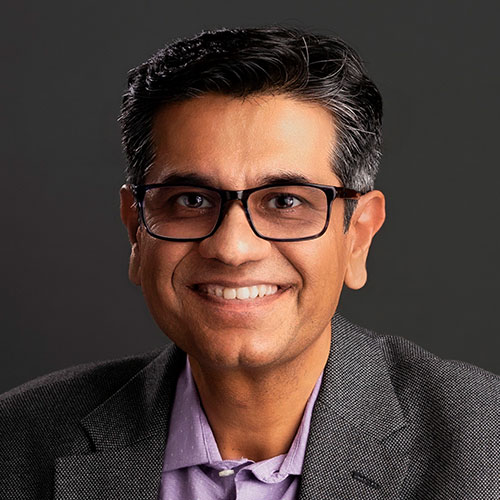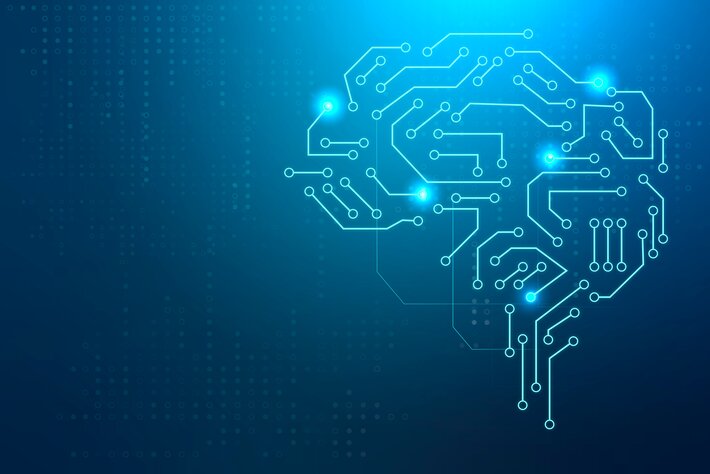It has been an interesting year for technology, and we have seen a few disruptions shifting the focus as we enter 2024 and beyond, writes Tushar Sachdev, the chief technology officer and executive vice president of Analytics at KORE. Tech consolidations were a hot topic this year, and KORE was certainly a part of that as we acquired Twilio’s IoT Business Unit. The Internet of Things (IoT), the industry is realising, is much more than just a technology add-on but is a standalone, integral part of technology solutions. And so, trying to leverage it as a value-add when selling it to organisations created a challenge because it is such a heavy lift and requires expertise and dedicated resources. It can be likened to trying to have internal technology systems without an IT department – it just won’t work as it should.
The evolving role of IoT
IoT requires expert knowledge and ecosystem partnerships, and that is more than just a department; it is a whole organisation. The power and the benefits of IoT have not changed; if anything, they’ve increased. But it takes a skilled provider to achieve those benefits. IoT has become more focused on what it can achieve, in what use cases, and which industries.
See, IoT has been through the hype cycle, something all new technologies go through. IoT underwent an intense hype with astronomical projections that have not been met. Cisco projected in 2013 that the economic value of IoT would be $14 trillion by 2020. But in reality, in 2020, the global IoT market size was $1.6 trillion, quite shy of that projection – for all the reasons mentioned above.
The current state of AI
In a way, artificial intelligence (AI) is the same. Right now, the hype is reaching a fever pitch where the projections are high, and the industry expects it to touch every aspect of our lives. So, to answer the question, “Is AI Overhyped?,” it would be a definitive yes. AI implementation and growth will not happen overnight and will certainly not happen on its own.
The decade of IoT and building trajectories
All of this is not to say that new technologies – like AI, edge computing and 5G – will not be impactful; they will be in a very meaningful way. However, the trajectory will build over time, just as it did with IoT. We believe that we have now reached the Decade of IoT because we have gone through the building process. There is widespread adoption, and it touches on all aspects of technology. Today, connectivity technologies are more diverse; hardware costs are lower; eSIM has developed to tackle global connectivity and logistics challenges, and more.
Both 5G and AI will be implemented in ways that can tackle some significant challenges – take manufacturing, for instance. Production and labour costs are rising, gaps in the workforce create strain, safety is a priority, demand continues to grow, and unplanned machine downtime can tremendously affect the bottom line.
The Role of Industrial Internet of Things (IIoT)
Currently, the industrial and manufacturing sector is undergoing a significant digital transformation with the adoption of Industrial IoT (IIoT). Sensor-equipped IoT devices can be leveraged in a host of ways – whether on machines that measure performance and health to prevent unplanned downtime, location trackers on equipment, parts, materials, or products to know where they are in the supply chain, or in the warehouse. They can even be built into products so that technicians can remotely assess and repair if issues arise. Cameras can be used to monitor workforce safety and, overall, analytics are accessed by decision-makers on production levels, efficiency, materials, inventory management, and more to provide greater safety, efficiency, and optimisation.
All of this is, of course, IoT. The sensors that collect the data are already in place, as is the connectivity that communicates the data. This is a ready-built infrastructure for those who have adopted IIoT. Now, as 5G SA becomes available, the connectivity that delivers the data to the cloud and back can become much faster with greater throughput and bandwidth to support more data, thereby expanding solutions. Network slicing through 5G is possible where virtual networks can be created within a shared network – a network inside a network, essentially. This creates a dedicated network for a single application within the infrastructure.
Say a manufacturing floor operates on a 5G cellular network, but they want an independent network dedicated to its robotics function to avoid lags or blips in the network that might cause even a short, temporary failure. Artificial intelligence can be integrated into the IIoT solution to power those robotics applications or cameras that can sense when worker safety measures are not being adhered to and alert workers and managers of danger. But it all starts with IoT, so it is important to understand that these new technology developments are not a replacement for IoT but rather an enhancement.
Synergies in the digital transformation ecosystem
It is an exciting time in the technology sector. We are seeing a powerful convergence of capabilities to form a period of truly remarkable innovation. We cannot pinpoint just one technology and say that it can change the world. AI needs IoT; 5G enhances IoT and AI; AI brings new capabilities to IoT, and so on and so forth. This is why it is a convergence. No single technology can stand on its own to drive us into this new generation of digital transformation. It is one holistic ecosystem that creates synergies in all directions, so let’s start talking about how we can best create this new ecosystem for the greatest use of these technologies.
Moving forward
As we move forward into this great new era of digital transformation, let’s continue to look at the entire ecosystem and how we can make these components work optimally together for the greatest impact on current and future technologies and innovations.

Article by Tushar Sachdev, the chief technology officer and executive vice president of Analytics at KORE
Comment on this article below or via Twitter: @IoTNow_










